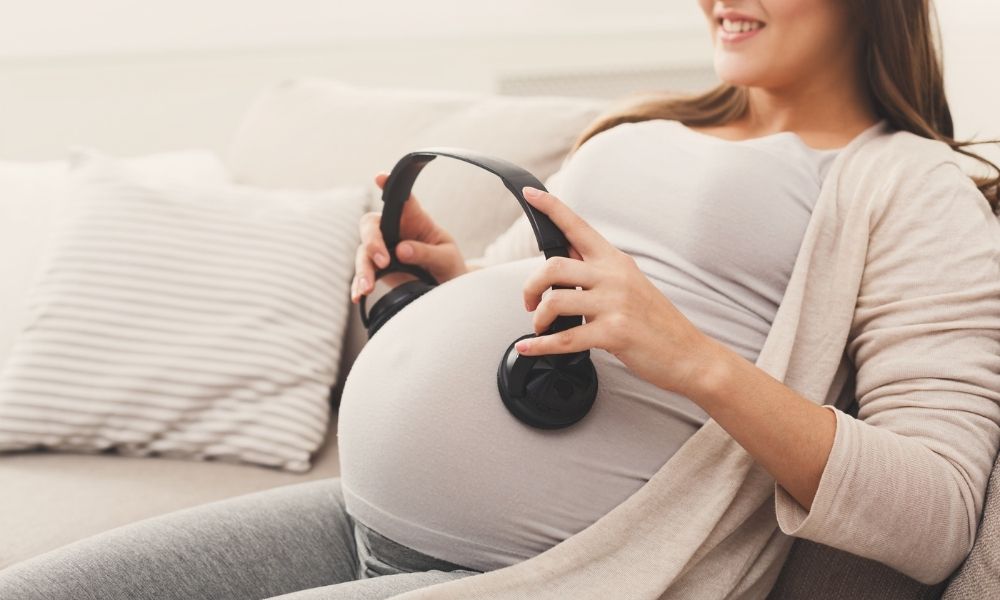With so many options out there, it’s easy to feel overwhelmed. That’s why we’ve teamed up with Young Soles to bring you a guide to buying the best school shoes—plus a few of our favourite picks from their Back to School collection to help make things simple.
1. Comfort Comes First

Children spend up to 7 hours a day in their school shoes—so comfort really is king. Look for:
- Cushioned insoles
- Breathable, soft linings
- Flexible soles that support natural movement
One standout option is the Rosie T-Bar, featuring a lightweight sole and butterfly punch detail that makes every step a little more magical.
Pro Tip: Shop later in the day when your child’s feet are slightly swollen for the most accurate fit.
2. Built to Last

Let’s face it—school shoes take a beating. From playground kickabouts to muddy walks home, durability is a must. Look for:
- Natural rubber soles
- Sturdy stitching
- Strong fastenings like Velcro or buckles
The Penny T-Bar is a winner here, with tough soles and a vintage-inspired design that hides a clever riptape fastening under a classic buckle.
Keep them smart: A quick weekly polish helps extend the life of leather shoes and keeps them looking great all term.
3. Fuss-Free Fastenings

Trying to wrangle a wiggly child into laces before the school run? No thanks. Fastenings that little hands can manage make mornings smoother—for everyone.
The Martha Bow Mary Jane blends timeless charm with modern convenience, thanks to a hidden Velcro strap disguised beneath a traditional buckle.
4. Consider Barefoot-Style Shoes

Barefoot shoes are gaining popularity with good reason. They:
- Allow natural toe splay
- Encourage muscle strength and balance
- Support healthy foot development
Young Soles’ Barefoot Collection includes foot-shaped designs, ultra-flexible soles, and soft leathers—perfect for growing feet.
Did You Know? Children’s feet aren’t fully developed until around age 18. Flexible shoes make a huge difference, especially in the early years.
5. Let Style Be Part of the Choice

Comfort matters, but kids care about looks. Choosing something they love means fewer morning battles and more confident steps.
The Sidney Lace-Up Boot blends classic brogue vibes with a cool, modern twist—great for children who want something smart with personality.
6. Fit Is Everything
A great shoe is only great if it fits properly. Always check for:
- A secure fit around the heel
- Roomy toe box
- Around a thumb’s width between the longest toe and the shoe’s end
Most Young Soles shoes are designed with growing feet in mind, with removable insoles and breathable materials for added flexibility.
Top Tip: Do regular growth checks every 2–3 months. Ill-fitting shoes can cause long-term foot issues and even affect posture.
Final Thoughts: Step into School with Confidence
Choosing school shoes isn’t just another item on your to-do list—it’s a big part of your child’s comfort, confidence, and physical development. The good news? With thoughtfully designed shoes like those from Young Soles, you don’t have to compromise between style, support, and durability.
From that first bell to the last playground dash, the right shoes help kids put their best foot forward—every single day.
Looking for more tips, style inspiration, or exclusive offers?
Browse the full Back to School collection and sign up for updates at youngsoles.com.
Because every school journey starts with the right step.
If you’re trying to conceive (TTC), you probably know that there are certain foods and nutrients that become especially important once you’re pregnant. But nutrition plays a vital role even when trying to conceive, much like laying a strong foundation before constructing a house.
Certain nutrients create that foundation by supporting egg and sperm health (yes, nutrition matters for both partners), hormone balance and creating a hospitable environment for a fertilized egg to implant. In fact, studies show that certain nutrients can help increase fertility and improve success rates for both natural conception and fertility treatments.
In other words, nutrition is a key player in the TTC journey, but getting the right nutrients in the right quantities can be tricky. That’s where supplements come in. Just as you’d take a multivitamin to fill in nutritional gaps for optimal health, fertility supplements can give you that extra nutrient boost.
Choosing supplements for your fertility journey
When choosing a supplement to support your fertility journey, look for science-backed, high-quality ingredients. Our editors are careful to select and partner with brands that use ingredients that have been clinically studied to support fertility. Eu Natural® (pronounced you) covers all those bases and more. We love knowing that Eu Natural® products contain zero artificial additives, binders, or fillers and are lab-tested to ensure purity and potency.

When choosing a supplement to support your fertility journey, look for science-backed, high-quality ingredients. Our editors are careful to select and partner with brands that use ingredients that have been clinically studied to support fertility. Eu Natural® (pronounced you) covers all those bases and more. We love knowing that Eu Natural® products contain zero artificial additives, binders, or fillers and are lab-tested to ensure purity and potency.



.jpg)

.png)
.jpg)



%20copy-min.jpeg)
